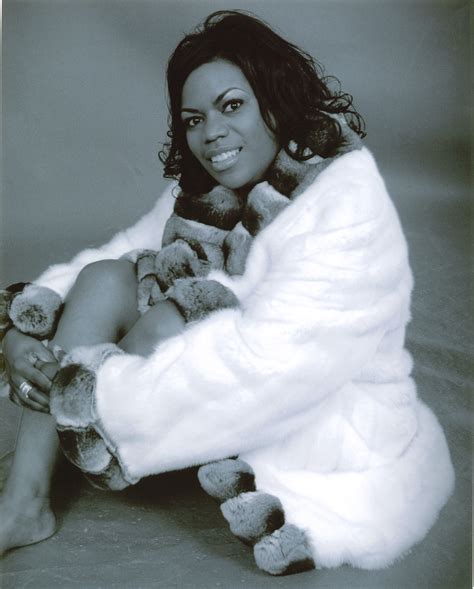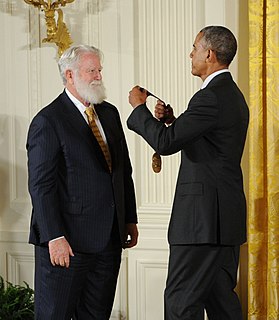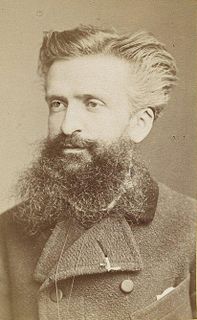A Quote by Roger Taylor
There is a sense of melancholy attached to seeing images of yourself from a different era, especially when you see a picture.
Related Quotes
It is not the literal past that rules us, save, possibly, in a biological sense. It is images of the past. Each new historical era mirrors itself in the picture and active mythology of its past or of a past borrowed from other cultures. It tests its sense of identity, of regress or new achievement against that past.
We all have an idea of what we look like, and then you see a giant picture of yourself and you're like, "Oh my god, wait, that's me?" And it's such a specific version of me, with styling, and art direction... It's like when you hear yourself on a recording, and you go, "That's what I sound like?!" That's how I feel when I see images of me.
As you release the things you no longer love or use, you call back to yourself the parts of your spirit that have been attached to them, and attached to the emotional needs and memories associated with those objects. In so doing, you bring yourself powerfully into present time. Your energy, instead of being dispersed in a thousand different, unproductive directions, becomes more centered and focused. You feel more spiritually complete and more at peace with yourself.
I am myself a professional creator of images, a film-maker. And then there are the images made by the artists I collect, and I have noticed that the images I create are not so very different from theirs. Such images seem to suggest how I feel about being here, on this planet. And maybe that is why it is so exciting to live with images created by other people, images that either conflict with one's own or demonstrate similarities to them.
Faith is the substance of hope - of things hoped for and the evidence of things not seen. So if you can hope for it and imagine it, and keep imagining and hoping and seeing yourself driving a new car, or seeing yourself getting that job, or seeing yourself excel, seeing yourself help that person - that is faith.
Each picture with its particular environment and unique personal relationships is a world unto itself - separate and distinct. Picture makers lead dozens of lives - a life for each picture. And, by the same token, they perish a little when each picture is finished and that world comes to an end. In this respect it is a melancholy occupation.
To suffer is one thing; another thing is living with the photographed images of suffering, which does not necessarily strengthen conscience and the ability to be compassionate. It can also corrupt them. Once one has seen such images, one has started down the road of seeing more - and more. Images transfix. Images anesthetize.




































